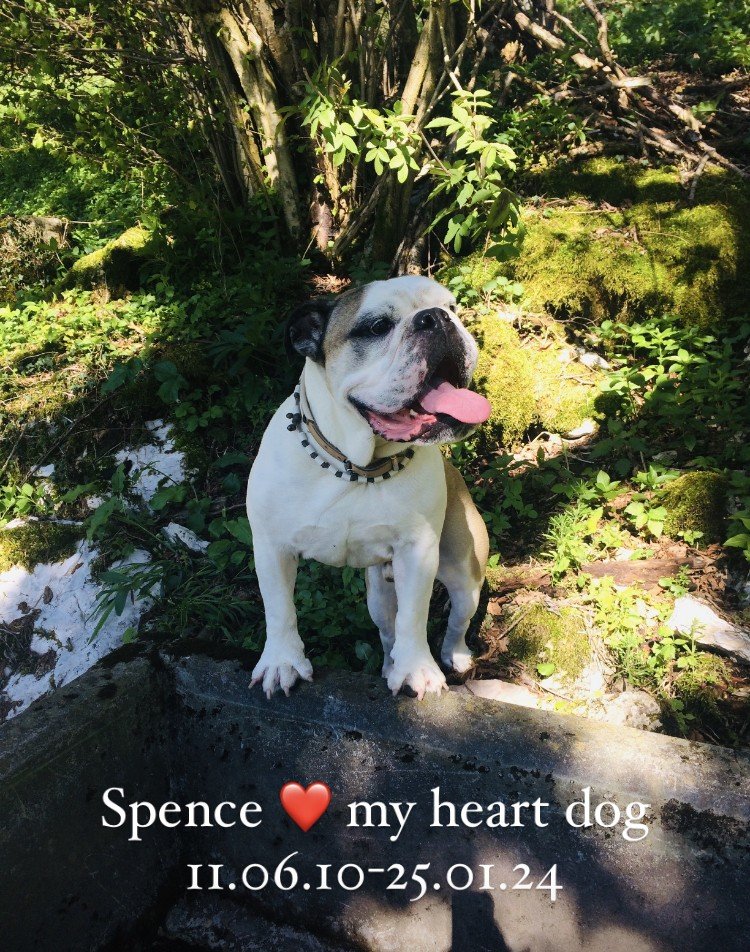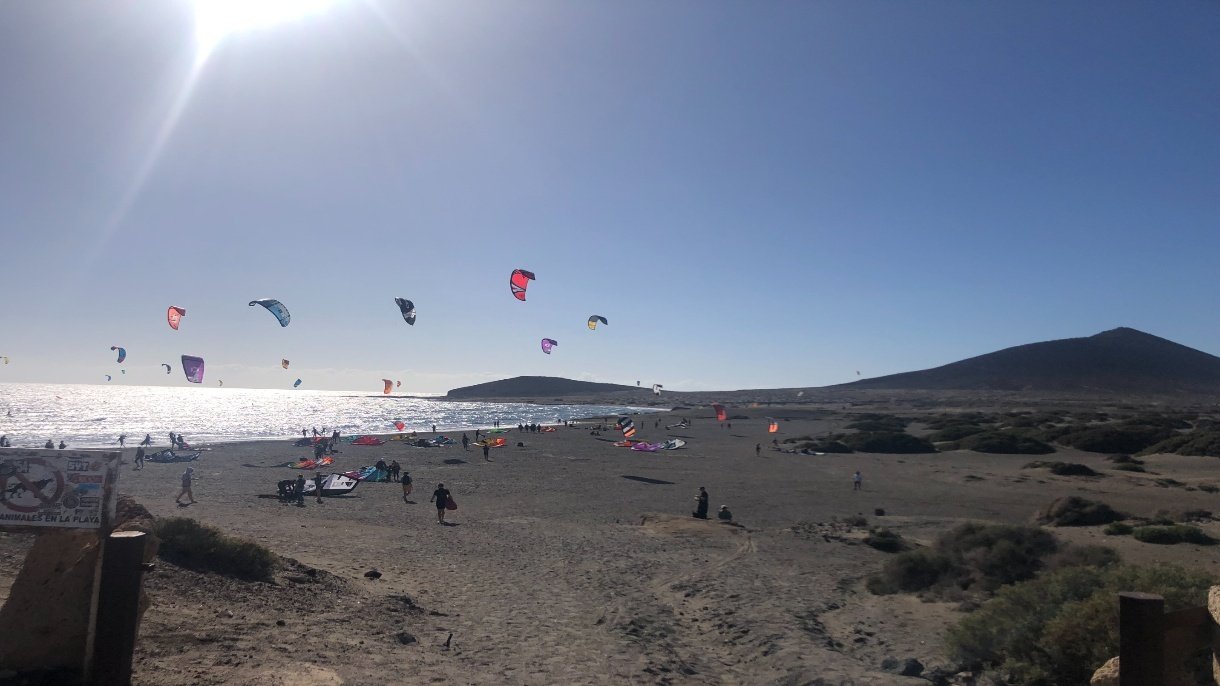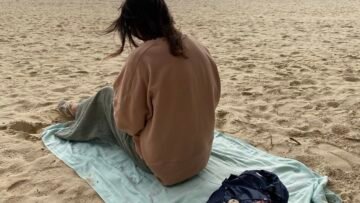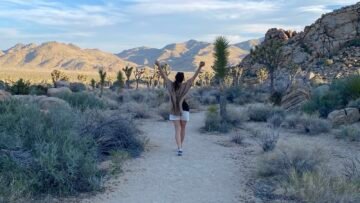My healing story – part 2.
When I finally left the hospital, I thought the worst was behind me.
Yes, I was shaken — diagnosed with cardiac sarcoidosis, sent home with strong medications, and a device under my skin to monitor my heart. But I told myself: you’re alive, it’s under control now, and soon… maybe soon, life can go back to normal.
But about a week later, something was different. I kept having to cough and I perceived something in my chest that wasn’t there before. It was arrhythmia: extra beats, pauses — causing a subtle dizziness at first, which gradually got worse. The cardiologist couldn’t explain why this was happening out of nowhere, and said arrhythmia usually doesn’t cause such intense dizziness. He told me it would probably go away soon. But when it didn’t, he suggested the scarring left behind by the inflammation from sarcoidosis might be the cause.
That didn’t quite make sense to me — after all, I must have had that scarring before the hospital stay already, where I had been closely monitored the entire time. So why the arrythmia now all of a sudden? He simply said, “It’s like asking which came first — the chicken or the egg.” I felt misunderstood and lost. He offered beta blockers, but with my already low blood pressure, they were out of the question.
A month later another kind of dizziness started to creep in. I started to feel off-balance, as though the floor was moving under me. When I was in the car, it was manageable while I was driving — focusing on movement somehow kept things at bay. But as soon as I stopped at a red light, I felt like I was lifting off the car seat. It was terrifying. My body would go into full alert, and sitting still became unbearable. Traffic jams felt like torture, so I started avoiding inner-city roads entirely and planned long detours on highways just to keep moving.
The world around me had begun to feel strange. Disconnected. I felt like I was on a boat, constantly rocking, even when standing still. Lights overwhelmed me, busy places too and the ground beneath me felt uncertain. It wasn’t just dizziness — it was a constant sense of motion, like my body no longer belonged to me.
I still had to work, so I pushed myself. I managed to stay at the office for two hours a day — just enough to show up — and did the rest from home, thanks to my incredibly supportive bosses. But no one could see the silent panic I was carrying. I was in a constant state of fight-or-flight, pacing around the apartment just to feel like I had control over something.
Doctors didn’t have answers. My heart was improving. The inflammation was in remission just four months after I started treatment. I changed doctors and assembled a team I trusted: a cardiologist, a holistic center, specialists in Munich, and an anthroposophic doctor near where I live, who became my primary care provider. The specialists allowed me to go off Methotrexate, but I had to stay on Prednisolone — especially since I had no backup protection yet (no ICD or pacemaker).
I had read about the “Havelhöhe Protocol”, the only holistic protocol for healing sarcoidosis through anthroposophic medicine. Having attended the Rudolf Steiner Schule, this deeply resonated with me. I found an anthroposophic doctor nearby and began the treatment right away, determined to stay in remission. They say it takes five years without a flare to be considered “healed.”
So, on paper, I was healing from the autoimmune disease. But in reality, I was falling apart.
A New Mystery
The dizziness symptoms didn’t go away. In fact, they got worse. I became afraid to go to the supermarket or even walk down a street because I felt as if the ground below me was constantly moving and I was afraid to fall over. There were days I thought I would faint the whole time. I was terrified, and more than that — I was alone in it. At night, I was simply grateful to have made it through another day. Lying down was the only position I felt stable in.
The dizziness became relentless. I saw healers, tried hypnosis, took an anthroposophic retreat, tried every supplement I could think of — desperate for an answer. During one online hypnosis session, the practitioner told me she thought I might have something called PPPD and held up a book from a program called Rock Steady.
I had never heard of PPPD before. I googled it and found the group — and instantly closed the page. I thought, No. That’s not me. Those poor people — but that’s not me. But deep down, something told me I should listen.
Eventually, I found my way to a specialist dizziness clinic in Zurich. After a day of extensive testing, they confirmed the diagnosis: Persistent Postural-Perceptual Dizziness (PPPD). It’s a condition where the brain gets stuck in “dizzy mode” — often triggered by a single event. In my case, it was likely the arrhythmia that started the spiral. Because I couldn’t tolerate medications like beta blockers due to low blood pressure and sensitivity to drugs, the arrhythmia continued — and my brain remained in a constant dizziness mode. It became a vicious cycle: one symptom (arrythmia) feeding the other (PPPD).
The Pacemaker That Didn’t Fix It
I was exhausted, depleted, and deeply sad. I had agreed to implant the ICD (implanted defibrillator/pacemaker) nearly a year after the initial diagnosis, hoping that stabilizing my heart rhythm would bring relief from the PPPD. Even though the pacemaker which was integrated into the device could help fill the pauses between heartbeats. it couldn’t make the the extra beats get less so the arythmia and therefore the dizziness continued. I felt even more disheartened. I had put so much hope into this small device — and when it didn’t help, it felt like another door had closed.
I had gone through surgery, held my breath for change, and yet… nothing shifted. That’s when I realized: healing wouldn’t come from machines or pills alone. Something deeper would need to change.
The Long, Quiet Fight
I lived with PPPD for three full years.
Three years of waking up and wondering if today would be better — or if I would once again feel like I was floating inside my body. Every day I got out of bed in the morning and started crying “there it is again”. And wondering how I would make it through the day.
I couldn’t do any of the things I had loved. Travel, go for hikes, do yoga, ride my bike, going a weekend away. Lie in the sun or go for a swim. It all ended in tears or I didn’t even dare to try it. I couldn’t even sit and enjoy a meal or a cup of tea. It was that bad. So I was literally stuck at home. I don’t think people really understood what kind of battle I was fighting. It was an invisible one. People started to distance themselves from me.
There were days with no hope and I was in a very dark place. Not wanting to live like this.
In the midst of it all, one quiet source of comfort came with four paws and a snoring nose. Spence, an English bulldog I cared for as his “dog godmother,” would come to stay with me regularly. On the darkest days, when everything felt like too much, knowing he’d be with me gave me something to hold onto. His steady presence, his warmth, his funny little routines—they gave structure to chaos. It’s as if he knew I needed him.
Spence passed away in early 2024, just as I was starting to finally get better. He was 13½ years old. His passing was devastating, but his love carried me through some of the worst storms.

My partner — ever patient and present — held me together more times than I can count. And the gentle guidance of my craniosacral therapist became an anchor I could return to when everything else felt adrift
Three years of trying and failing, adjusting and learning, testing and trusting.
It wasn’t a dramatic recovery. There was no single cure. No quick fix.
It was slow. Frustratingly slow.
I listened to my body. I researched. I made small shifts. I changed how I thought. I let go of things that drained me. I leaned into things that soothed me.
I didn’t give up.
I wouldn’t give up.
I loved life too much.
And slowly — almost imperceptibly at first — I started to feel glimpses of steadiness again.
🌿 To Be Continued in Part 3…
In my next post, I’ll share how I began to shift everything — slowly and gently — toward healing. And what, finally, started to help.



